Sorry for the delay in posting Part 2 but I had inadvertently left my camera at school so had to send someone to retrieve it. Steps are illustrated using Play Doh which has not been in our house for YEARS now so please excuse the poor construction details - ceramic clay is SO much easier to shape and blend....
To build a storyteller, students begin with a slab for the base, a coil/cylinder of clay for torso, smaller coil/cylinders for legs/feet and arms/hands with a sphere for the head. Hair could be painted on later in the process or made of clay - many chose to make braids or buns for the human figures.
Step 1: Use a ball of clay and press it into a small slab for your base. (While students could choose to do a standing figure, none of my 4th graders did it successfully without a base to balance their sculpture).
Step 2: Build a thick cylinder for the torso and attach to base. I use a 'score, slip, press' method for attaching my clay pieces.
Step 3: Make 2 cylinders for legs. Attach to bottom of torso AND base with 'score, slip, press' method. Form ends into feet shapes.
Step 4: Make 2 cylinders for arms. Attach to top edges of torso AND tops of legs where they will rest with 'score, slip, press' method. Form ends into hand shapes.
Step 5: Form a ball for head shape. Attach to top of torso with 'score,slip, press' method. Make sure students then blend the 2 pieces to make a neck transition between pieces so it looks more natural (hard to do with Play Doh...)
Students went on to adding details to their main figure: hairstyle, facial features, clothing, drum, bowl, etc. When ALL details were finished AND assessed by me, they could begin adding the smaller figures.
Smaller figures (children or small animals) were made using small coil/cylinder and ball shapes. Make a short slit at the top and bottom of the coil/cylinder and bend into arms and legs. Attach the ball as the head. Add details.
Attach smaller figures with 'score, slip, press' method in various places on the main figure. Some students were adept at creating clay details for the children but most just used paint to add detail. All my students were expected to have at least one small figure attached for the work to be considered 'finished'. Most had many more than that...
Some students opted to have animal storytellers - so they needed to develop a plan for the major body shapes needed for the figure. Popular main animal figures were bears, turtles, or dogs.
Once again, remember that small figures, whether children or small animals, are made when ALL details on main figure are completed.
When constructing the sculpture it's important to remind the kids that ALL views should be interesting in a 3D artwork.
This was a lengthy project but the kids were very engaged from start to finish. Due to the thickness of some pieces, the artworks were left to dry for 2 weeks before firing. When I labeled the greenware on the final day of completion, I used a 6" weaving needle to pierce the thickest sections (in a hidden area) to enable quicker drying and lessen the chance of explosions during the firing.
Students later added color with watercolor paint - brown for skin areas and limited colors for clothing. Animal figures are painted in realistic colors. I've also seen student work done using only black, white and tan for the color palette.
I think glazes would be more appropriate for older students who have better fine motor skills. I did allow my students the option to add facial features with a fine, black felt-tip marker, which turned out quite well.
I hope to repeat last year's success and will be sure to post pix as we go along this year. Enjoy!

































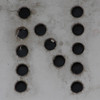
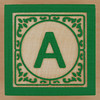
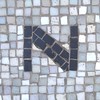


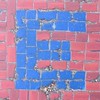
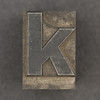
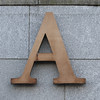
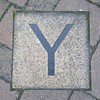














.jpg)
























































































